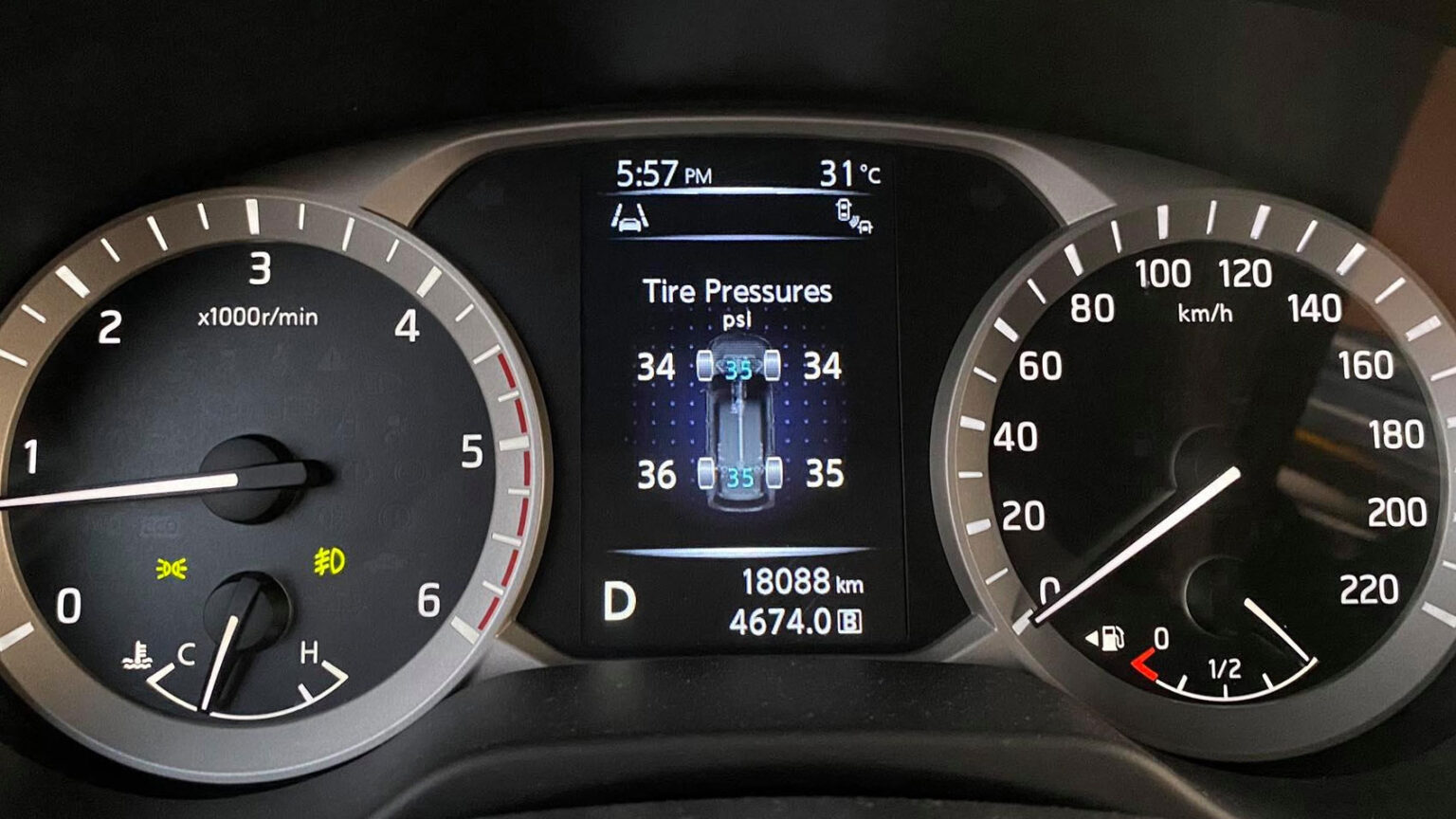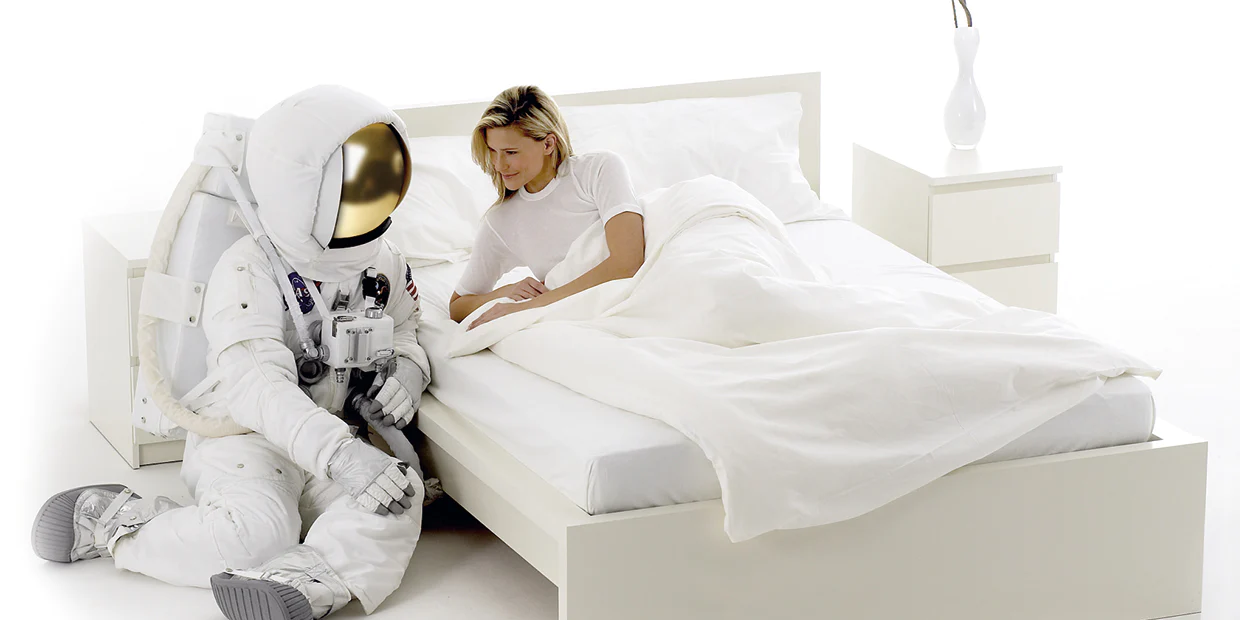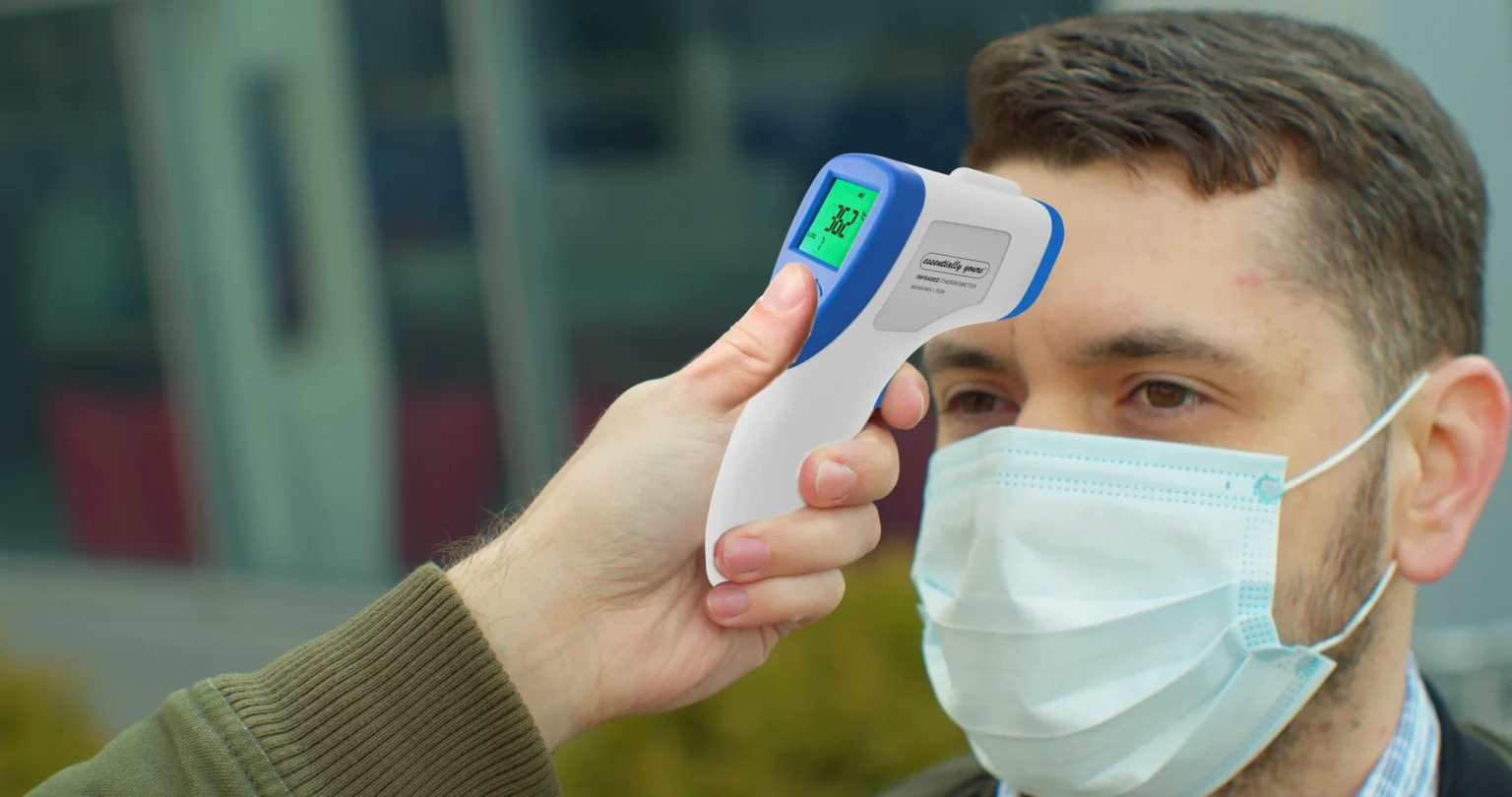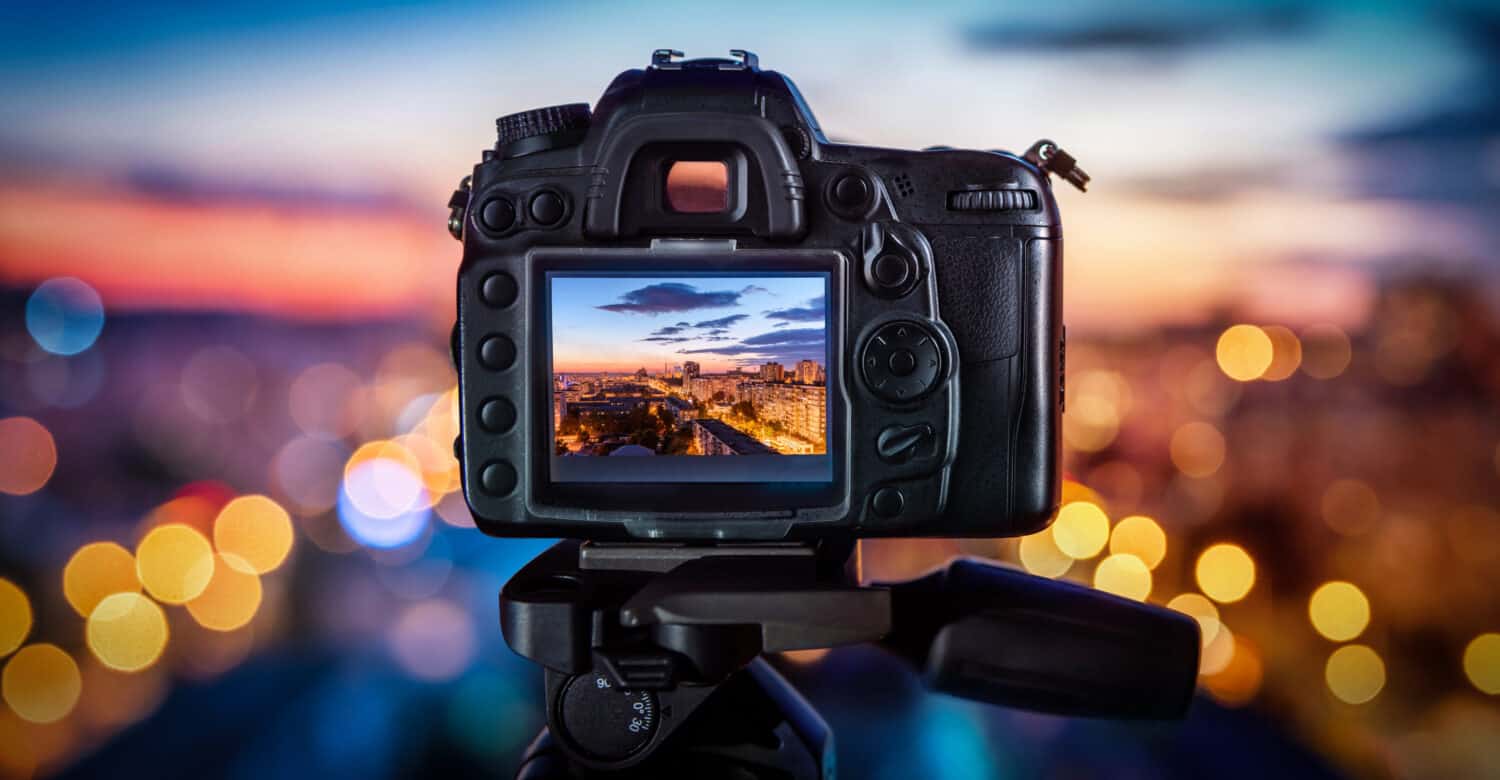When we talk about “space technology,” we usually mean state-of-the-art devices of exorbitant cost. But this is not entirely true. Many gadgets that have long been commonplace for us were born thanks to the achievements of the space age. From this article, you will learn about five innovations, developed by NASA, that have long been part of our everyday life.
Wireless headphones
In 1961, during the launch of the Liberty Bell 7 spacecraft, the hatch opened prematurely. Water got inside the capsule, causing astronaut Gus Grissom to lose radio contact with rescuers and nearly drown.

To avoid the recurrence of such incidents, NASA began developing more compact and autonomous devices that allow the crew to stay in touch. The basis was a new headset designed for commercial airliner pilots.
NASA specialists managed to solve the problem. Soon, the astronauts received mobile communication systems that were successfully used in subsequent space missions (including flights to the Moon). But that was not the end of the story. The technology was improved and subsequently entered the civilian market, undergoing a rapid evolution from radiotelephones to wireless headphones and modern smartphones.
Tire pressure sensors
Flat tires have been ruining the mood of many generations of drivers. But thanks to the introduction of pressure sensors, the risk of a sudden occurrence of such a situation has significantly decreased. We have the Space Shuttle program to thank for this.

Landing has always been one of the most dangerous elements of space shuttle missions. A lot depended on the condition of the wheels. The problem was that in the early days of the program, there was no reliable way to accurately measure tire pressure during flight. After considering all the available options, NASA chose a proposal from a company that offered a promising technology for creating a pressure monitoring sensor. Its essence was to convert pressure into electrical resistance. By tracking its changes, engineers could receive data on the condition of the shuttle’s wheels in real time.
After successful tests, the shuttles were equipped with pressure sensors. And then the technology was adapted to the needs of the automotive industry.
Pillows and sports equipment
In the late 1960s, NASA formed a special research team to create a new seat for airliners that would provide better protection for passengers from vibrations and stresses that occur during emergencies. The result of these searches was a new polymeric material called Memory Foam. It had both high energy-absorbing characteristics and a memory effect.

Initially, Memory Foam was used exclusively in the airline industry to improve passenger comfort. Then manufacturers adapted this idea for the mass market and began to produce mattresses filled with this material.
Over time, the new material has found wide application in other areas, such as medicine and the automotive industry. For example, it has been actively used to create seats for car racers, helping to reduce the stresses they experience during races and reducing the risk of serious injuries in accidents. Another area of application is protective equipment. Memory Foam was used to make protective pads, knee pads, and helmets used in sports such as hockey, football, and baseball.
Non-contact thermometers
The word “thermometer” probably conjures up images of classic mercury thermometers that have been used both at home and by doctors in clinics for decades. But now they are actively becoming a thing of the past and are being replaced by infrared thermometers, which not only significantly speed up the process of temperature measurement, but also do it without direct contact with a person.

But few people aware that contactless thermometers are based on a technology originally developed for NASA. Of course, back then, it was not intended to measure the temperature of the human body, but to analyze the infrared radiation of distant stars and planets in the solar system. But, as with all other examples, over time, this technology has found a new application in medicine that its creators hardly expected.
Digital cameras
The first experiments in creating filmless cameras began in the 1970s. And in the 1980s, NASA was already quite actively using digital imaging technology. However, the CCDs used in cameras of that time were expensive and too complex to find mass application in the civilian market.

The turning point came in 1993, when a team of engineers from JPL led by Eric Fossum developed a new type of active image sensor based on CMOS (complementary metal-oxide-semiconductor) technology. It was cheaper, more compact, and consumed much less power than traditional CCDs.
Initially, the new product did not receive much attention, but everything changed after the mobile communications boom. CMOS sensors allowed manufacturers to install digital cameras in phones. They have also found wide application in fax machines, webcams, CCTV cameras, GoPro cameras, and other similar gadgets. So, every time we take a selfie, we are literally using a technology that was born to NASA.
